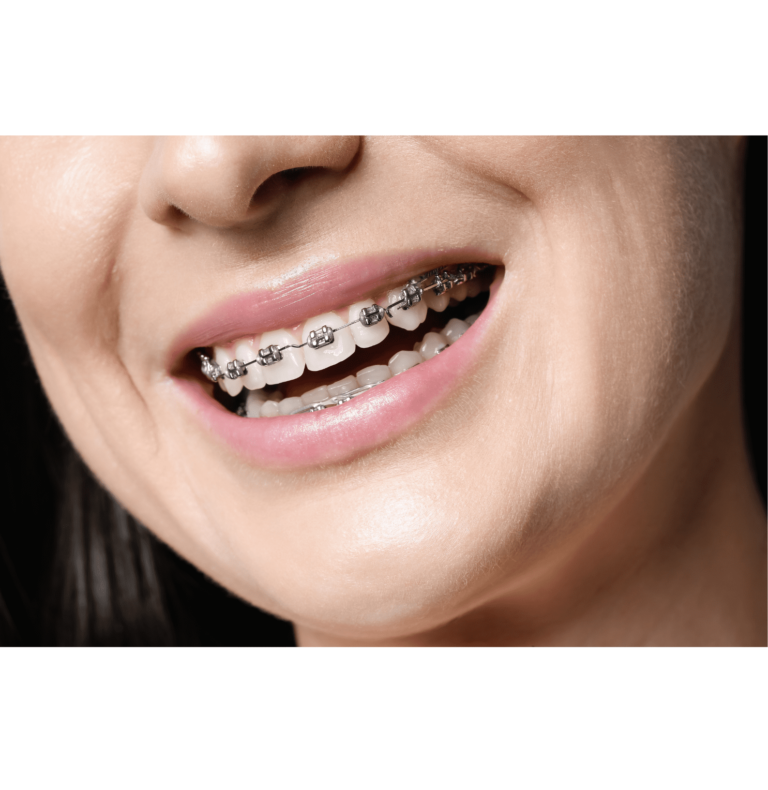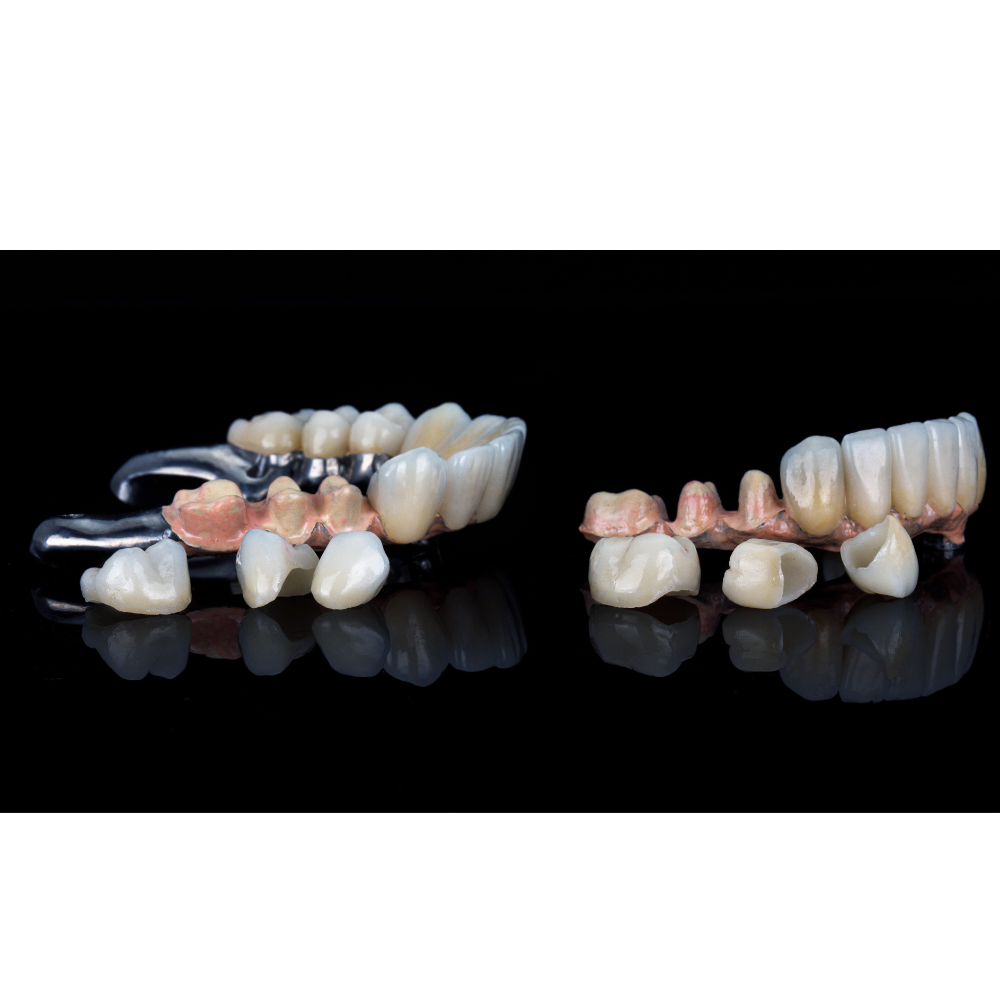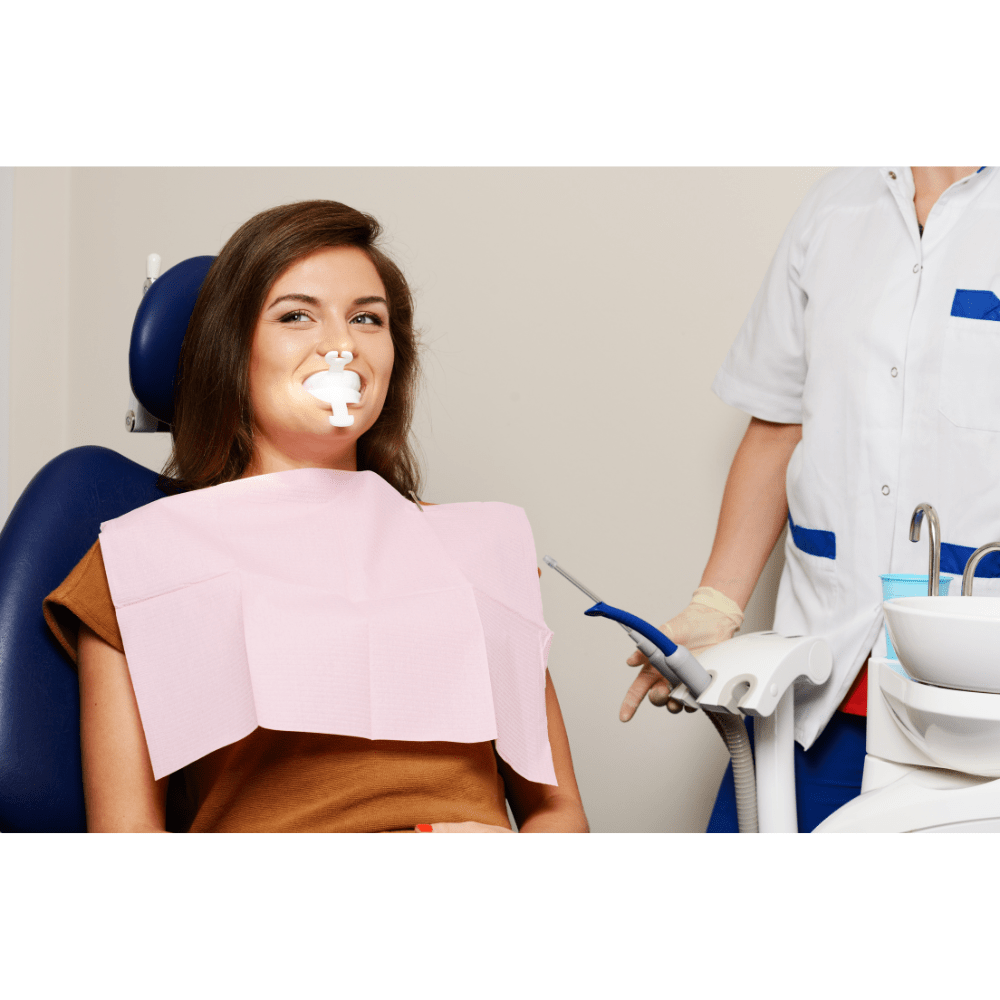Braces Appliance | A Comprehensive Guide
The braces appliances consist of brackets, wires, and bands that work together to shift your teeth into their desired positions over time gradually. From traditional metal braces to clear aligners like Invisalign, various braces are available to suit individual needs and preferences.
Whether you’re a teenager or an adult considering braces for the first time, here you will get the knowledge you need to make informed choices about your dental health.
What is An Appliance For Braces?
An appliance for braces is a device used in orthodontic treatment to help correct dental irregularities and achieve optimal alignment of your teeth and jaws.
These appliances work in conjunction with braces to facilitate tooth movement, address bite issues, and enhance overall orthodontic outcomes. In orthodontic treatment, various types of appliances serve different purposes.
Why Are These Orthodontic Devices Used?
Orthodontic devices are used for the following purposes in orthodontic treatment:
- Orthodontic appliances are used to straighten crooked or crowded teeth which improves the overall appearance of the smile.
- To correct bite discrepancies, such as overbites, underbites, and crossbites, which can affect chewing function and jaw alignment.
- Certain orthodontic devices help to correct skeletal discrepancies and achieve a harmonious facial profile.
- Some orthodontic hardware helps maintain the newly achieved alignment of the teeth and prevent them from shifting back to their original positions.
- Some devices are used to widen the upper jaw which creates additional space for crowded teeth and facilitates proper alignment during orthodontic treatment.
Types of Braces Appliances
Here are the different types of braces appliances:
Archwire:
The archwire is a thin, metal wire that is attached to the brackets on your teeth. As the archwire applies gentle pressure, it gradually guides your teeth into alignment over time. Orthodontists adjust the archwire periodically to ensure steady progress throughout the treatment process.
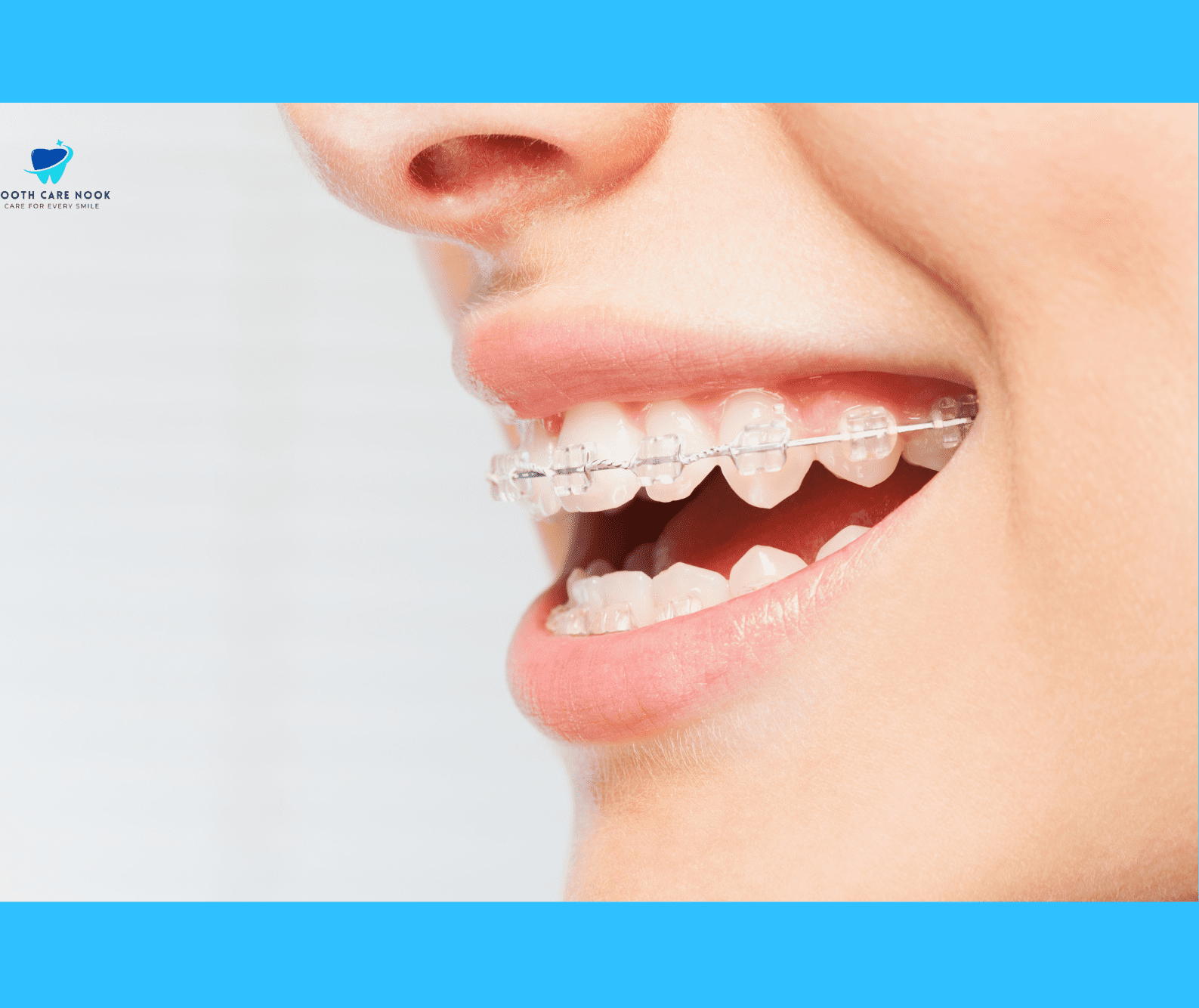
Brackets:
Brackets are small, square-shaped attachments that are bonded to the front surface of each tooth. They hold the archwire in place and act as handles for applying pressure to the teeth. Brackets come in various materials which include metal and ceramic and offer different aesthetic options for patients.
Buccal Tube:
The buccal tube is a small metal component attached to the bands on the molars. It secures the end of the archwire which ensures proper alignment and stability of the braces. They play a very important role in maintaining the integrity of the braces system and facilitating tooth movement.
Chain:
Orthodontic chains are used to close gaps between teeth or to align teeth that are slightly rotated or tilted. Orthodontists utilize chains as part of the braces treatment to achieve precise tooth positioning and improve overall alignment.
Herbst Appliance:
The Herbst appliance is a fixed functional appliance used to correct overbite by stimulating lower jaw growth. It consists of metal bars and tubes attached to the upper and lower teeth, which work together to guide the lower jaw into a more forward position.
It is particularly effective for treating overbite and jaw discrepancies in growing children and teenagers, as it addresses both dental and skeletal issues simultaneously.
Herbst Appliance Alternatives:
The following are some Herbst appliance alternatives:
Headgear:
An external appliance is worn to modify jaw growth and correct bite discrepancies.
Forsus Springs:
Internal springs attached to braces are used to advance the lower jaw and correct overbite.
MARA Appliance:
Fixed appliance placed in the mouth to encourage lower jaw growth and improve bite alignment.
As we’ve discussed the braces appliance types, here are overall appliance options for teeth.
Appliances For Teeth
The appliances for teeth promote better dental health by dealing with different dental issues. Some of them include:
- Retainers.
- Mouthguards.
- Nightguards.
- Space maintainers.
- Palatal expanders.
- Bite plates.
- Splints.
- Twin Block.
- Herbst appliances.
- Tongue cribs.
- Orthodontic springs.
- Orthodontic headgear.
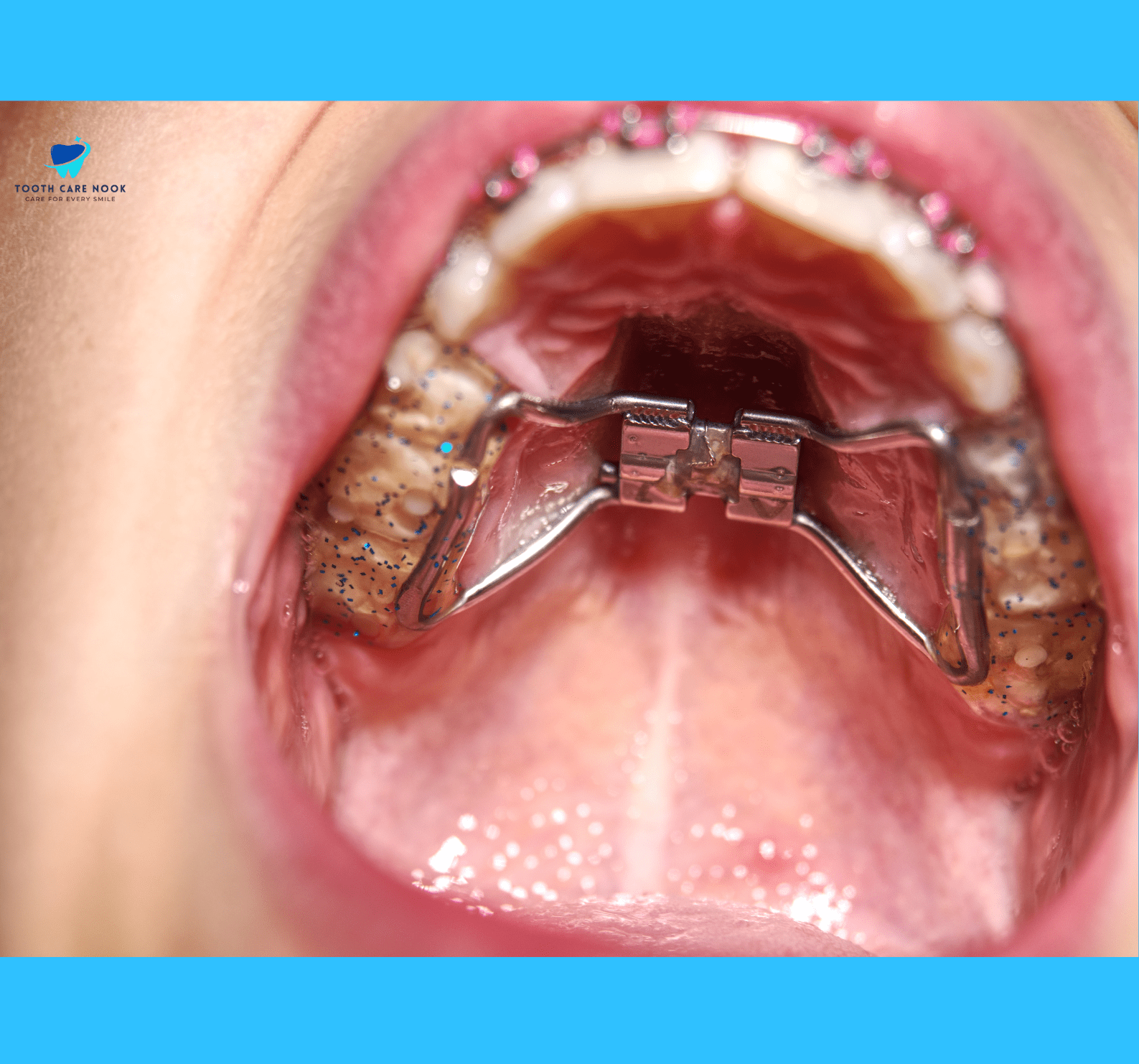
What Is a Jaw Alignment Device
A jaw alignment device is a dental appliance used to treat certain types of sleep-related breathing disorders, such as obstructive sleep apnea (OSA) and snoring.
How Jaw Alignment Device Works?
This device is typically custom-made and worn in the mouth during sleep. It works by gently shifting the lower jaw forward, which helps to keep the airway open and prevents the collapse of soft tissues at the back of the throat that can lead to breathing interruptions during sleep.
Who Can Use It?
Jaw alignment devices are considered an effective treatment option for mild to moderate obstructive sleep apnea and are often recommended for patients who cannot tolerate continuous positive airway pressure (CPAP) therapy or prefer a less invasive treatment approach.
FAQs
Do Braces Appliances Hurt?
Yes, after having braces placed or adjusted, it’s common to experience some discomfort or soreness for a few days as your teeth adjust to the pressure. This discomfort subsides as your mouth adapts to the braces, but you may still feel some tenderness after each adjustment.
How Do You Eat With Appliances?
Eating with orthodontic appliances can require some adjustments to your eating habits. Here’s how:
- Cut harder foods like fruits and vegetables into smaller, bite-sized pieces to make them easier to chew and reduce strain on your braces or appliances.
- Take smaller, more manageable bites of food to minimize discomfort and prevent damage to your braces or appliances.
- Chew slowly and carefully with your back teeth whenever possible, to avoid putting excessive pressure on your braces or appliances.
What is The Most Common Orthodontic Appliance?
The most common orthodontic appliances are braces. Braces are often the most affordable option and provide predictable results for a wide range of orthodontic cases.
What Appliance Pushes Teeth Back?
An appliance that pushes teeth back is called a retractor or space maintainer. These devices are commonly used in orthodontic treatment to create space or push teeth backward in cases of overcrowding or protrusion.
Retractors apply gentle pressure to move teeth into their correct positions over time which helps to achieve a more aligned and balanced smile.
Which Orthodontic Device is Used to Move the Jaw Forward?
The orthodontic device used to move the jaw forward is called a mandibular advancement device(MAD). It’s used to treat conditions like obstructive sleep apnea (OSA) and snoring.MADs are custom-made orthodontic appliances that gently advance the lower jaw during sleep, helping to keep the airway open and prevent snoring and sleep apnea episodes.

